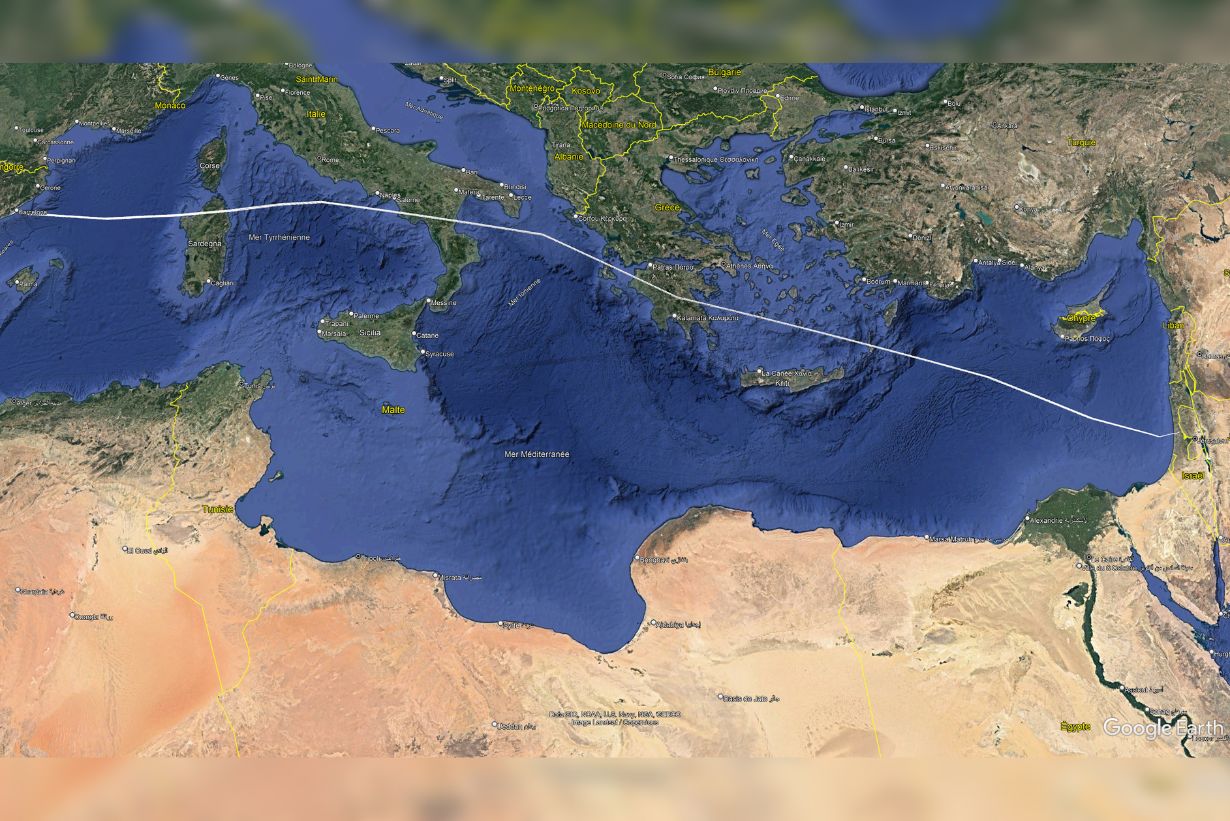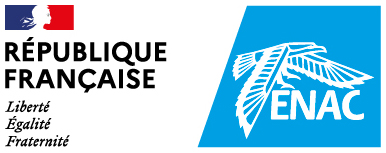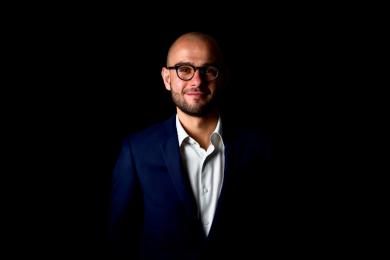
ENAC is taking part in the Sesar 3 Network TBO, an industrial research project, coordinated by EUROCONTROL. Our role is to help test and evaluate how TBO works during the actual flying phase of a flight.
What is TBO?
Trajectory-based operations (TBO) are a key enabler of the SESAR vision for future air traffic management. TBO is about building, sharing, and agreeing on a common 4D trajectory (latitude, longitude, altitude, and time) for each flight - from planning through to execution — and ensuring that all air traffic management systems and services stay aligned with it.
The benefits: Greater predictability, increased network capacity, and improved environmental performance.
About the Network TBO project
The Network TBO project aims to develop and validate several solutions enabling the deployment of TBO and Flight and Flow Information for a Collaborative Environment (FF-ICE) concepts across all phases of flight, including:
- Solution 1: Extension of TBO and FF-ICE to the pre-strategic phase
- Solution 2: Implementation of TBO in the execution phase
- Solution 3: Extending TBO beyond Europe
ENAC’s role
ENAC is primarily involved in Solution 2, focusing on the performance assessment of flight plan revision processes during the execution phase.
We use our in-house CORSAIR Fast-Time Simulator, to evaluate the impact of TBO on key performance areas (KPAs), including capacity, efficiency, and especially environmental performance — at network level.
This high-fidelity simulator integrates weather data and advanced physics-based models (e.g., BADA) to generate realistic aircraft trajectories. It is a powerful tool for assessing optimised, eco-efficient flight procedures at scale.
Recent Experimentations at ENAC
In our latest studies, we’ve analysed real-world trajectory data, focusing on:
- Correlation between departure times and airport of origin
- Comparison of forecast vs. actual wind conditions
- Measurement of fuel consumption and flight times
- Evaluation of wind impact along entire trajectories
These insights help us better understand and enhance the synchronisation between local and network trajectories — a critical factor for scaling up resilient TBO across Europe and beyond.
These experimentations are part of the work of the OPTIM research team.
Team leader: Daniel Delahaye
Technical project management: Laurent Lapasset









